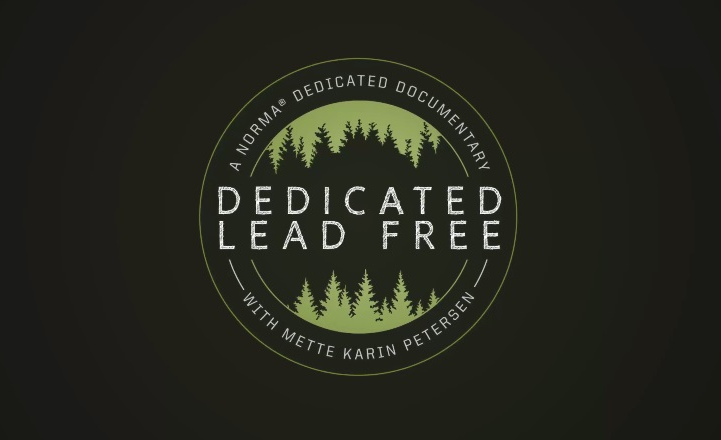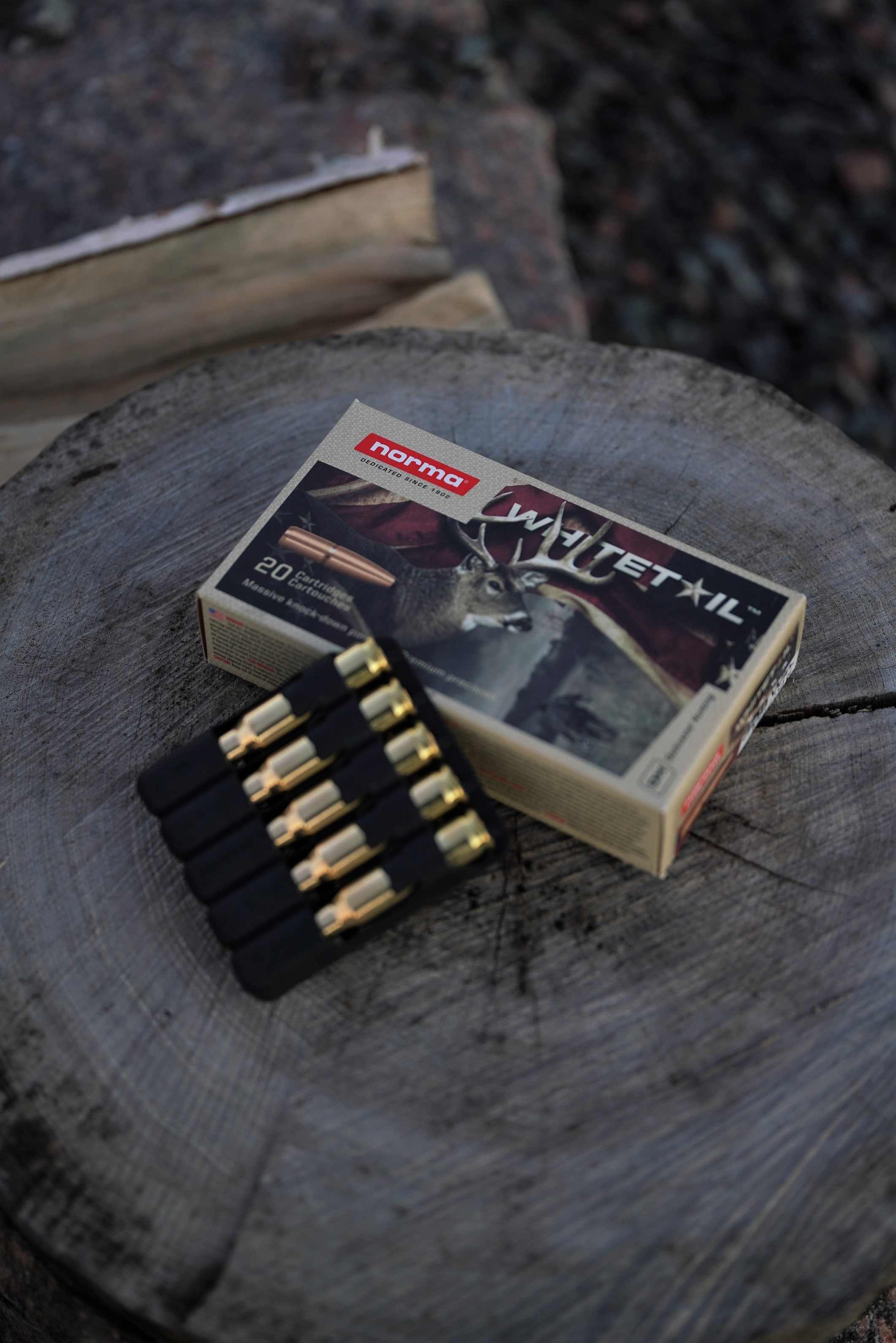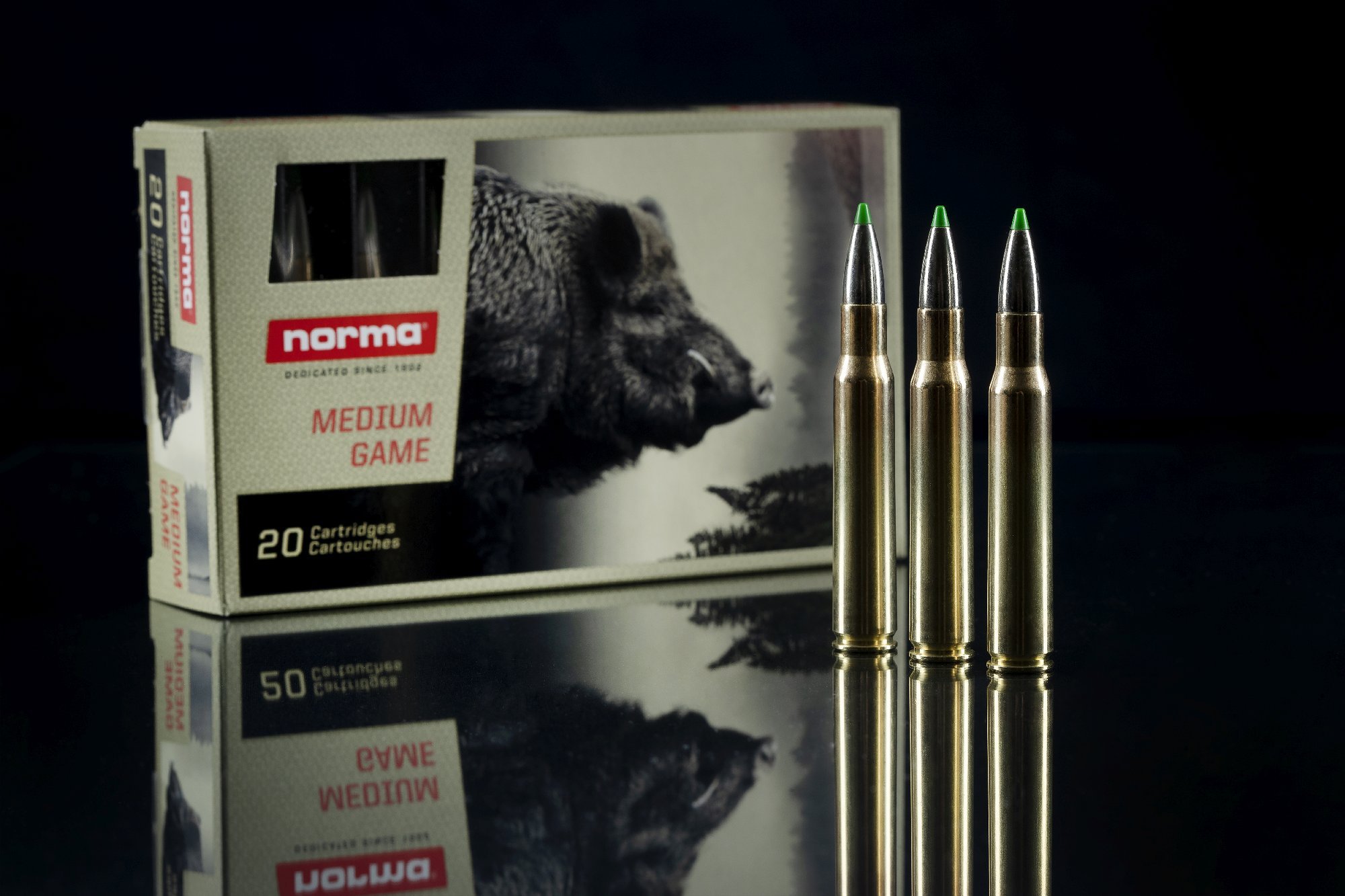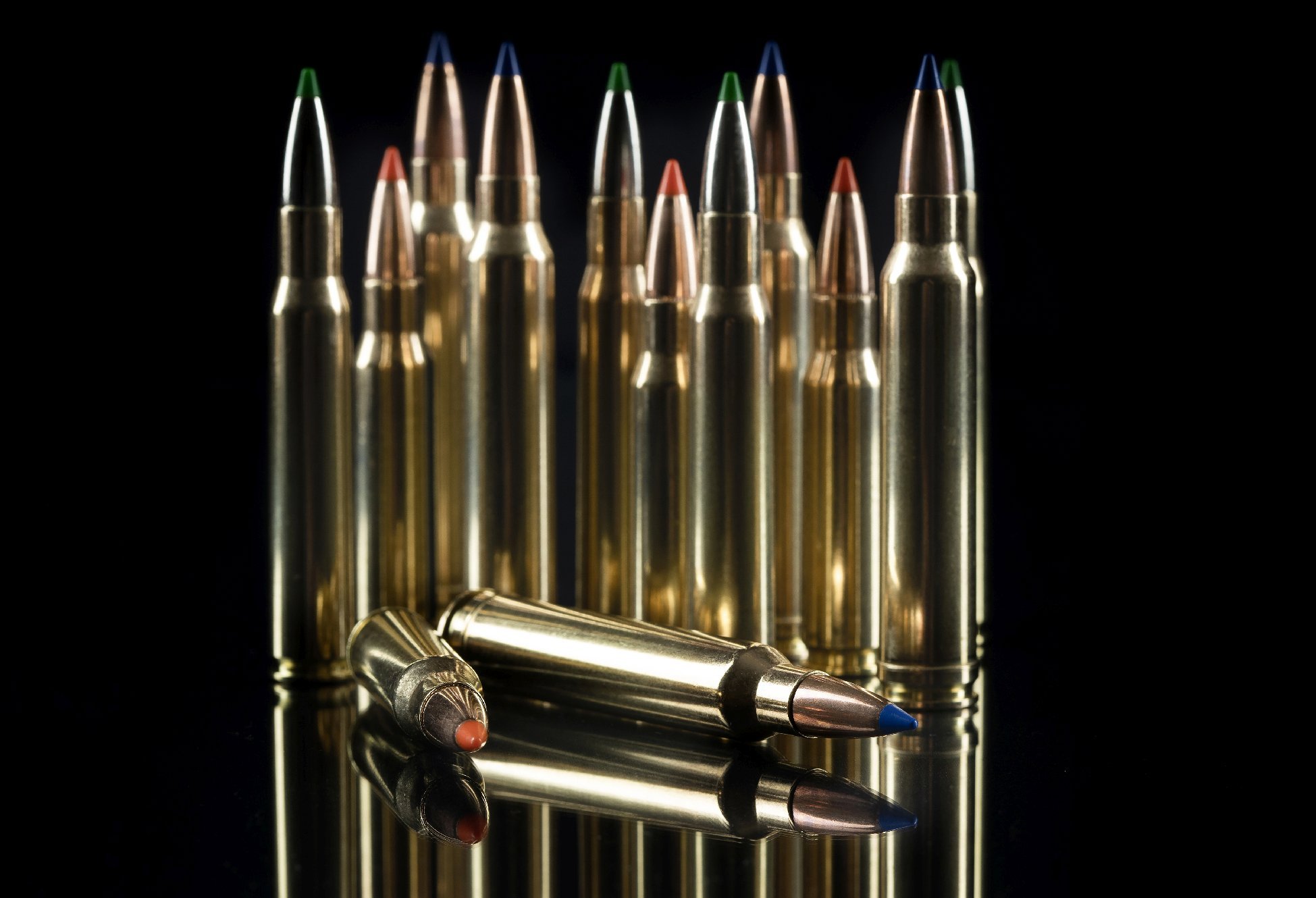As you probably know, Norma currently manufactures a comprehensive and high-quality range of hunting and sport ammunition, and Norma Academy is part of the company’s content strategy towards going more digital. This includes videos, articles and community-based interaction about hunting, shooting, reloading and even food. In this article from the hunting series, Team Norma member Steffen Foullon guides us through several shot analyses, and shows what to look for at the point of strike.
A shot analysis is important, because where you have shot the animal is not always evident. In these cases, a shot analysis will help you determine where the animal was hit, and what your next steps to recover the wounded game should be. Because both Norma and all4hunters.com strongly promote being an ethical hunter, and this involves recovering wounded game.
But what to do and what to search for if the shot animal leaves the location? By going to the point of strike, the place where the animal was standing when it took the shot, and looking for signs such as fur, blood, bones and other traces, you can analyze where the animal took the shot. After this, you can start searching for the wounded game.
The following video episodes explore four different situations.
Episode 1: Leg hit
In this first episode, Steffen Foullon guides us through a shot analysis of a front leg hit on a roe deer. This type of shot placement is common among hunters, due to underestimating the distance between the shooter and the animal, and this shot placement leaves certain traces. At the point of strike, you will usually find tubular shaped bones, bone marrow, meat and light to blonde colored fur, that indicate a front leg hit. (See above for the video.)
Episode 2: Gut shot
In this episode, you get to follow as Steffen Foullon makes a shot analysis of a gut shot on a roe deer. There are certain things to look for that are very specific for this kind of shot placement. You will usually find green digested plant material, sometimes liver, grainy, dark red blood as well as a strong smell.
Episode 3: Lung Hit
In this third episode of Shot Analysis, Steffen Foullon performs a shot analysis of a lung hit on a roe deer. For this kind of shot placement, you will usually find light colored blood, blistered blood, and soft and light colored lung tissue on the ground. These strike signals mean that you can be sure that the deer is dead, and you often do not need to call a dog handler in order to recover the wounded game, as the blood trail will lead you to it.
Episode 4: Headshot
The forth episode of Shot Analysis shows Steffen Foullon performing a shot analysis of a roe deer that has taken a shot to its head. This is a serious shot placement, and it is important to follow the right steps afterwards. The kill zone on the head is very small, and a shot aimed at the head often ends up hitting the jaw area. This leaves the roe deer completely mobile, so it can run for a long time which makes it harder to chase after. For a shot placed in the head, you will usually find very distinctive hollow structured bone fragments, gum, teeth and saliva. These signals mean that you immediately have to call a dog handler with a fast dog that is able to chase the deer down. The deer will keep running, and eventually it will start to breathe its own blood and become weaker, and that’s when you can get a hold of it and recover the wounded game.
If you want to learn more about hunting, shooting, reloading and food please visit Norma Academy webpages.









